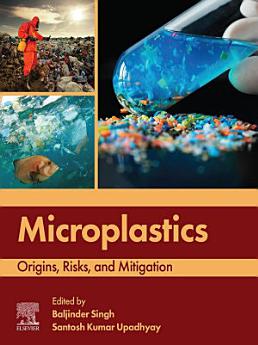Microplastics: Origins, Risks, and Mitigation
Sobre este e-book
Sobre o autor
Dr. Baljinder Singh is working as an Associate Professor, Department of Biochemistry, Central University of Punjab, Bathinda, India. He perused his master’s degrees in biotechnology from Punjabi University, Patiala. He completed his Ph.D. from Panjab University, Chandigarh. His research has focused primarily on Applied microbial and plant Biotechnology and Environmental Biotechnology with main emphasis on microbial remediation of pollutants, Biofuel production, and Effluent treatment technology, microplastic contamination in soil and its effect on plants. He has published nearly 53 articles/review papers in journals/books of international repute. He delivered several invited lectures in the institutes of national repute. He had enveloped e-content and delivered seven modules (Lectures) in the field of Environmental Nanotechnology for the paper NanoBiotechnology, under epgPathshala project of MHRD, Govt. of India.
Dr. Upadhyay is currently working as an Assistant Professor at the Department of Botany, Panjab University, Chandigarh, India. He has been working in the field of Plant Biotechnology for more than 16 years. He is currently working in functional genomics. His research group at PU has characterized numerous important defence-related protein families such as receptor-like kinases, antioxidant enzymes, calcium transporters, chitinases, lectins, etc. They are also characterizing long non-coding RNAs related to the abiotic and biotic stress response. He has authored more than 130 publications including research papers in leading journals of international repute, national and international patents, book chapters and books. He has been awarded the NAAS Young scientist award (2017-18) and NAAS-Associate (2018) from the National Academy of Agricultural Sciences, India, INSA Medal for Young Scientist (2013) from the Indian National Science Academy, India, NASI- Young Scientist Platinum Jubilee Award (2012) from the National Academy of Sciences, India, and Altech Young Scientist Award (2011).








